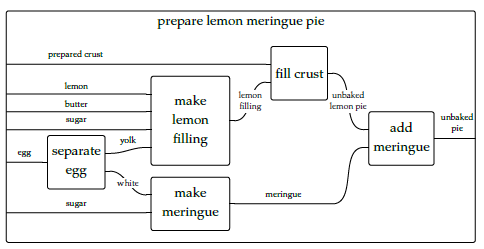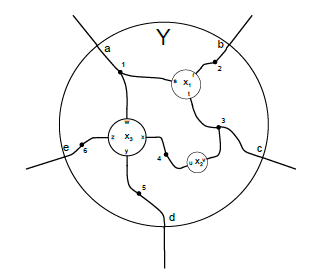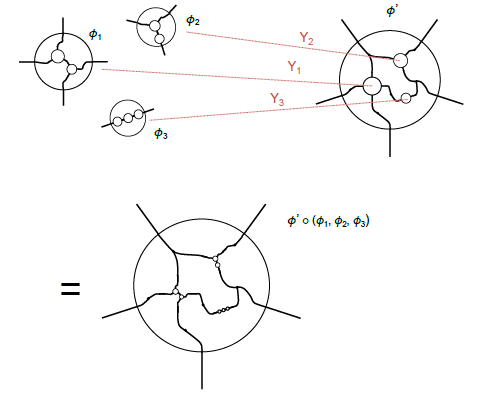*will talk to anyone who'll listen
"Seven Sketches of Compositionality" by Brendan Fong & David Spivak. Free online book: arxiv.org/abs/1803.05316
"Operad of wiring diagrams" by Spivak. It's got neat CS case studies with plug-and-play systems, DBs, etc arxiv.org/abs/1305.0297
@johncarlosbaez
@DrEugeniaCheng
@math3ma
@_julesh_
@JadeMasterMath






